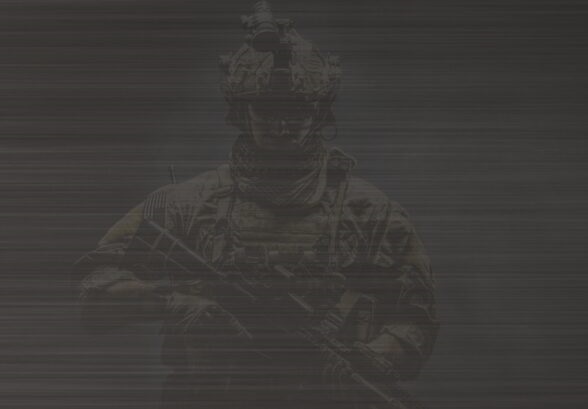Ballistic protection is the most common type of body armor and is mostly referred to as a ‘bulletproof vest’ or ‘bullet-resistant armor’. This type of body armor provides resistance to bullets, although exactly what type of bullets to resist depends on the level at which the armor is classified.
Body armour in today’s world is not only used by military personnel but also by bodyguards, and private citizens. On looking for one, you may come across terms such as soft armour inserts and hard armour inserts. While both are strong enough to give you the protection you need from ballistic threats, choosing the right one depends on what level of protection you need and which one will allow for a maximum range of movement and comfort. Listed below are two types of Hard & Soft armour panels that will help you make your decision.
Hard Armour and Soft Armour-
Police, law enforcement and military wear two types of personal body protection. These are broadly classified as ‘Soft’ and ‘Hard’ armour. The soft armours for police and law enforcement agencies are relatively flexible and can be tailored to conform to the body contour of the person wearing the body armour.
The flexible armour is commonly designed to stop handgun bullets and is usually inconspicuous. However, for military and peacekeepers, it is also designed to stop fragments from explosions and as well as bullets from handguns and is usually large and visible.
Lightweight high-performance hard armour is generally molded to maintain a certain shape. A typical example of hard armour is a military and police ballistic helmet.
Soft Armour-
Most of the law enforcement officers wear a flexible soft cancelable undershirt called a vest. Such vests are designed for protection from handgun bullets, but not rifle bullets or sharp-pointed weapons such as ice picks and knives. These undergarments or vests are also all bullets. Statistically, there is a very small probability that bullets will penetrate these vests. A better way of describing these vests is that they are ‘bullet resistant. Another misconception is that such a vest will protect the wearer’s upper body. In fact, the vest protects only the critical organs; it will not protect the hands, neck, head and legs of the person wearing the concealable vest.
The first commercial flexible vests based on high-performance aramids ballistic fibers were developed and used by police in the late 1970s. Earlier versions of such vests were heavy, bulky and had poor tailoring. Frequently police departments had to ask their staff to use these vests. However, with the advancement of aramid fiber technology and the introduction of High Modulus Polyethylene (HMPE) in the mid-1980s, the vests have undergone dramatic changes. Current ballistic vests are thinner, lightweight, and tailored for comfort. They utilize hybrid ballistic materials based on a number of patented technologies.
There is no simple method to test a new or used vest, The vest manufacturers are required to have a proper label identifying the vest. The label describes the result of a destructive test under controlled ballistic conditions on an identical vest. This vest is recommended by the local Department of Justice and issued as a standard for the police or law enforcement. The standard specifies general procedure and specific controlled tests and there is no correlation to the risk of bullet penetration in field conditions.
Soft armour is also frequently used for non-personal safety applications. These applications are for protecting military or peacekeepers traveling in a vehicle. The soft armour covers the floors and the walls of the vehicles. In such applications, it is desirable to have a foldable or rollover type of soft armour in the shape of a blanket. Similarly, bomb blankets generally consist of soft armour and are used to stop fragments from bombs or other explosive devices.
Another soft armour application is for protecting airplane engines from the broken engine blades traveling at fairly high speed.
Hard Armour-
Hard armour for police and law enforcement is often added to the soft armour vest. It is designed for special operations where there is a risk of bullets fired from a rifle. It may be inconspicuous but is often distinctive. Hard armor uses layers of hard, durable materials such as steel, ceramics, ceramic composites, polyethylene, bullet-resistant fibers, and occasionally materials such as Kevlar.
Although manufacturers have made great efforts to make hard armor plates as light as possible, the protection they offer requires that they weigh more than soft armor inserts. In short, the plates resist high-powered rifle ammunition, which requires the use of heavier, stronger materials.
Due to the strength qualities, hard body armors are less pliable and heavier compared to soft body armors. It is less comfortable to use and it can get hot once used for a long period of time. Despite this, hard body armor is rated to protect users from high-caliber rifle shots and the body armor of choice when it comes to tactical situations.
WHICH SHOULD YOU PROCURE?
Both Hard and soft armor are strong enough to give you the protection you need from ballistic threats. You may choose any from the two types of body armor. Depending on your needs, choose the one that first, will provide the level of protection you require and second, will allow for your maximum range of movement and comfort.

